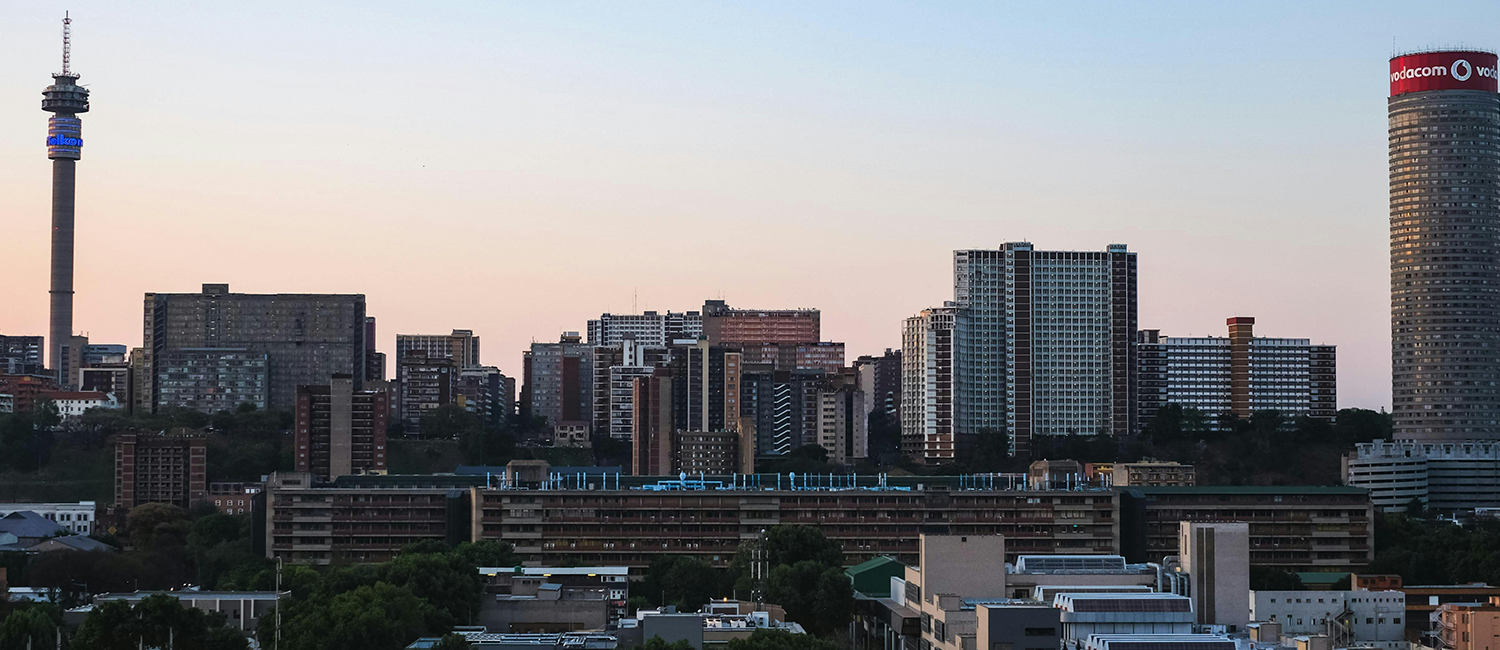A sod-turning ceremony in Wynberg, Johannesburg on Wednesday, 4 March marked the start of construction of a R130-million pedestrian and cycling bridge over one of Africa’s busiest highways.
The bridge will cross the M1 highway alongside the existing Grayston interchangeArtist’s impression of the bridge, which will cross the M1 highway alongside the existing Grayston interchange.”The Great Walk Bridge” will form part of a dedicated 5-kilometre pedestrian and cycling path from the heart of Alexandra to the centre of the Sandton CBD – providing a quicker, safer route for the estimated 10 000 people who walk or cycle between the two areas daily.
The bridge will cross the M1 highway alongside the existing Grayston interchange. Construction, which is being implemented by the Johannesburg Development Agency (JDA) on behalf of the City of Joburg, got under way on 1 March and is due to be completed by October 2016.
“This project was initiated after a transport study indicated that as many as 10 000 pedestrians walk to and from Alexandra to employment in Sandton each day,” JDA Chief Executive Officer Thanduxolo Mendrew said at the sod-turning ceremony.
City of Joburg Member of the Mayoral Committee (MMC) for Transport Christine Walters, also speaking at the ceremony, said the benefits of the project would far outweigh the inconvenience to commuters during the 18-month construction phase.
MMC for Public Safety Sello Lemao, MMC for Development Planning Roslyn Greeff and MMC for Transport Christine WaltersMMC for Public Safety Sello Lemao, MMC for Development Planning Roslyn Greeff and MMC for Transport Christine Walters mark the official start of construction on the bridge.”The bridge will provide safe and convenient pedestrian and cyclist access between Sandton and Alexandra. It literally bridges the gap between two communities with opposite economic backgrounds whilst creating a visual gateway into the economic hub of our country.”
The bridge was designed by Royal Haskoning DHV and is being built by Murray & Roberts, with safety a top priority. It will incorporate 3-metre wide pedestrian and cycling pathways separated by barriers from vehicles once it reaches the road. Concrete bollards will be placed on curves to prevent vehicle access.
Work on the dedicated pedestrian and cycling paths connecting the bridge to Number 23 Square in Alexandra is already well under way, with construction following the City’s recently approved Complete Street Policy and Guidelines.
Lighting, benches, hawkers’ stalls and CCTV cameras will be placed along the route, along with low-maintenance trees and shrubs.
Walters said the project formed part of the City’s Corridors of Freedom initiative, which will concentrate development along key corridors connecting parts of the city that apartheid sought to keep apart.
“In the future, Johannesburg will consist of well-planned transport arteries linked to interchanges where the focus will be on mixed-use development,” she said. “Johannesburg residents will then not have to use private motorised transport but will be able to opt for alternative modes on dedicated safe routes which will include bus and cycling lanes and pedestrian walkways.”
Also present at Wednesday’s ceremony were City of Joburg MMC for Development Planning Roslyn Greeff and MMC for Public Safety Sello Lemao.

